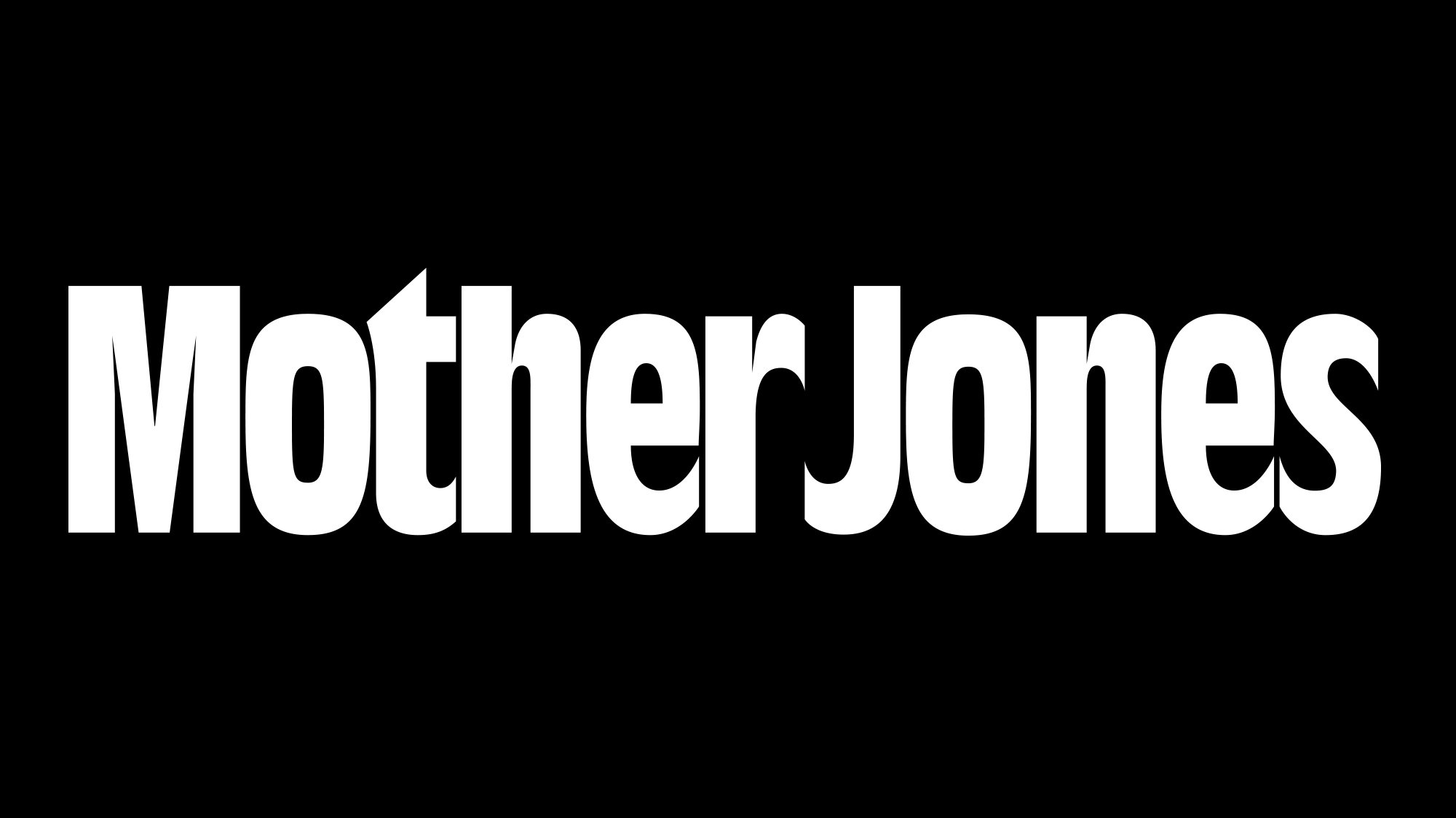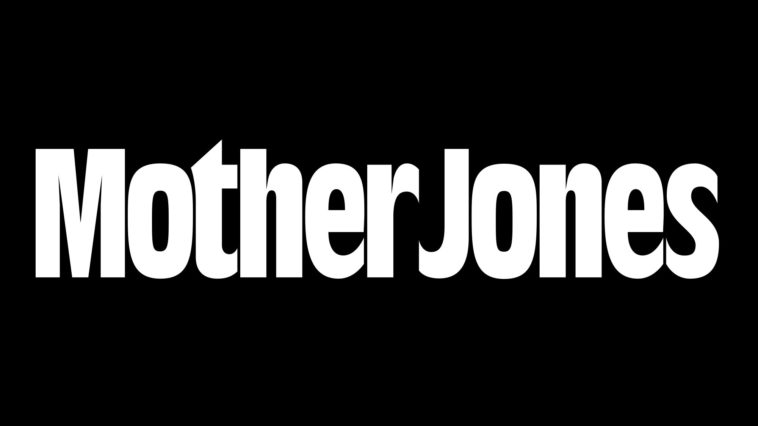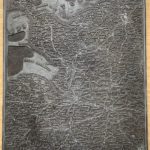Map Info & Chart : The Blonde vs. Brunette Map of Europe

​
This map, indicating the varying degrees of blondness in Europe, shows how fair hair gets rarer further away from this core area – towards the south, as one intuitively might presume.
https://i.redd.it/pw1hnf23tut21.png
* The highest percentages of fair-haired people can be found around the Baltic Sea (e.g. Denmark, the Polish coast and the Baltic states), making it in effect an almost entirely blonde-bounded lake.
* Only the German part of the Baltic coastline is remarkably un-blonde.
* Iceland was settled by [mainly Norwegian colonists](http://www.motherjones.com/politics/1998/05/icelands-blond-ambition), and Icelanders still share the same degree of blondness with the largest part of Norway.
* The southern border of the fairer-haired part of Great Britain seems to correspond quite well with the southern border of the [Danelaw](https://en.wikipedia.org/wiki/Danelaw), which was ruled and settled by the Danish in the early Middle Ages.
* The northern border of the 50-79% blonde area in Britain excludes the Highlands, perhaps indicating this was a refuge for the darker-haired Celtic people of Scotland.
* The darkest-haired part of France seems to correspond with those areas most heavily populated by its more ancient Gallo-Roman inhabitants, lighter-haired regions possibly reflect a later influx of Celts (in Brittany) and a more pronounced [settlement of Frankish tribes](https://en.wikipedia.org/wiki/Franks) of Germanic origin (in northern France and down towards Burgundy).
* Galicia prides itself on its [Celtic heritage](https://en.wikipedia.org/wiki/Gallaeci). Maybe this explains the relative blondness of that north-west corner of Spain.
* The darker-haired area of Switzerland seems to correspond with the areas where [Rhaeto-Roman](http://official-swiss-national-languages.all-about-switzerland.info/rumantsch-language.html) and Italian are spoken.
* The blonder area in northern Italy might reflect a larger Germanic, Celtic and/or Slavic component of the local population, a similar area in the heel of Italy, way down south, is more of a mystery.
* A significant blonder-darker divide cuts through the Balkans, dividing Serbia in two (whilst Montenegro lands on the ‘blonder’ side of the border, and Kosovo on the ‘darker’ side).
* Romanian areas closest to the Hungarian border are equally blonde – many ethnic Hungarians live in Romania, possibly most of them closest to the border.
* Moldova, ethnically Romanian, is equally dark-haired.
* As is an adjacent part of the Ukraine, which for the largest part is as blonde as most of central and eastern Europe (all the way down to Georgia).
* The darker areas in Russia’s far north (the Kola peninsula) and further east (Siberia) are probably due to the prevalence of native, darker-haired peoples, e.g. the [Saami](https://en.wikipedia.org/wiki/Sami_people), who also account for the darker area at the very north of the Scandinavian peninsula.
By Elbitriq
At infographic.tv we provide handpicked collection of the best infographics and data charts from around the world.



